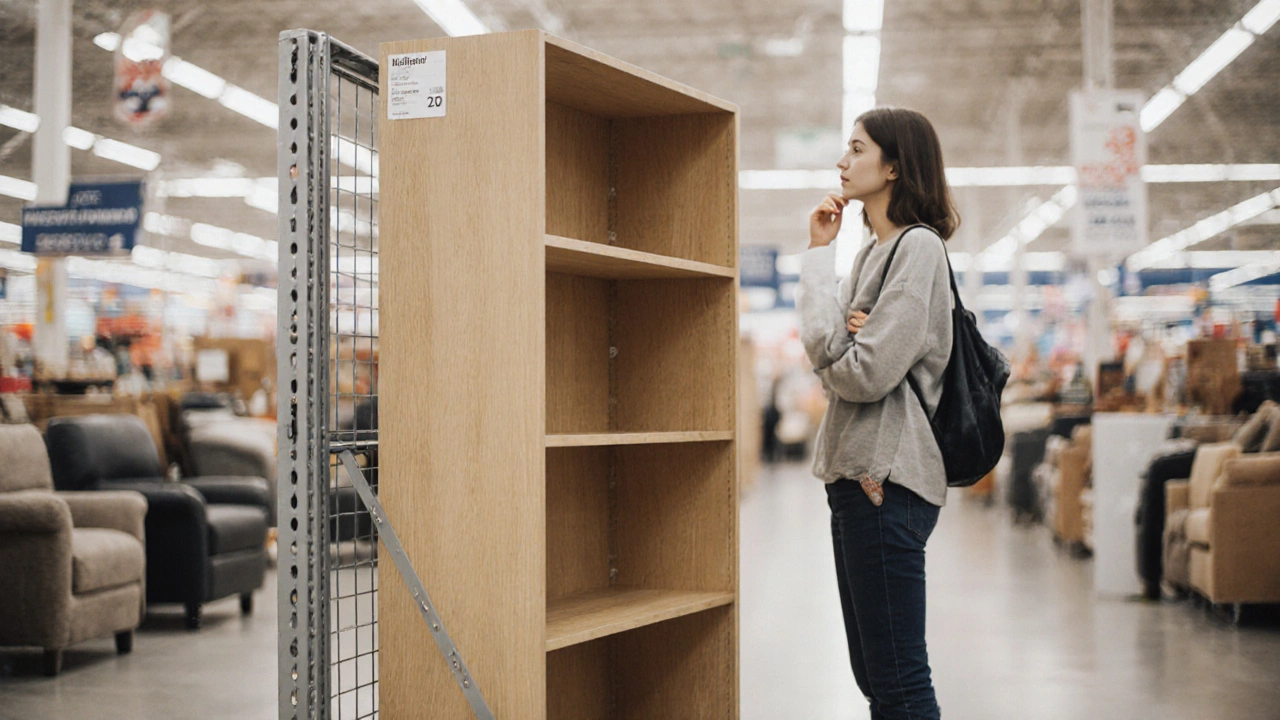Build Bookshelf: DIY Guide & Design Tips
When working with build bookshelf, the process of designing and constructing a shelf to store books and decor. Also known as DIY bookshelf project, it lets you tailor size, style, and material to fit any room.
build bookshelf projects combine planning, material choice, and assembly. Bookshelf, a freestanding piece of furniture for storing books and decorative items often serves as a focal point, while a bookcase, a larger, built‑in storage unit that can hold more items and sometimes includes doors provides extra capacity for a home office or library. Understanding the difference helps you pick the right format for your space.
Key Steps and Considerations
First, decide where the shelf will live. Interior design, the art of arranging spaces to be both functional and aesthetically pleasing influences the height, depth, and finish of your build. A low, wide shelf works well in a living room where you want to display photos, while a tall, narrow unit fits a hallway or staircase wall.
Next, choose your material. Solid hardwood like oak or pine offers durability, but reclaimed wood adds character and aligns with eco‑friendly values. For a budget‑friendly option, plywood with a veneer can mimic the look of premium timber without breaking the bank.
Gather the right tools. A circular saw, drill, level, and clamps are the core set. If you’re new to woodworking, a basic hand saw and screwdriver can still get the job done, though it may take a bit longer. Safety gear—gloves, goggles, and ear protection—keeps the project injury‑free.
Measurement is the foundation of any solid build. Measure twice, cut once: take the wall width, add a small clearance for expansion, then decide on shelf spacing based on the tallest books you plan to store. A common rule is to leave 10‑12 inches between shelves for standard novels, but you can adjust for larger coffee table books.
When it comes to assembly, start with the frame. Attach the side panels to the top and bottom pieces using strong wood glue and screws. Reinforce corners with metal brackets for extra sturdiness—especially if the shelf will hold heavy items like pottery or audio equipment.
Finishing touches make the difference between a plain box and a polished piece. Sand the surfaces smooth, then apply a coat of stain or paint that matches your room’s palette. A clear polyurethane sealant protects the wood from spills and scratches, extending the shelf’s life.
Finally, think about placement and accessories. Add decorative brackets for a vintage look or invisible mounting hardware for a floating feel. Lighting—like LED strip lights underneath the top shelf—highlights your favorite books and adds ambience.
All these steps turn a simple idea into a functional, stylish piece that reflects your personal taste. Below you’ll find articles that dive deeper into each aspect, from choosing sustainable wood to mastering the perfect finish, so you can start building with confidence.
Buy vs Build: Which Bookshelf Is Cheaper?
Compare material, tool, and labor costs to decide if buying a bookshelf or building one yourself saves money. Includes price tables, DIY steps, and a quick‑look checklist.
More
